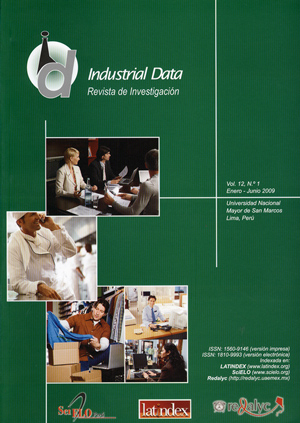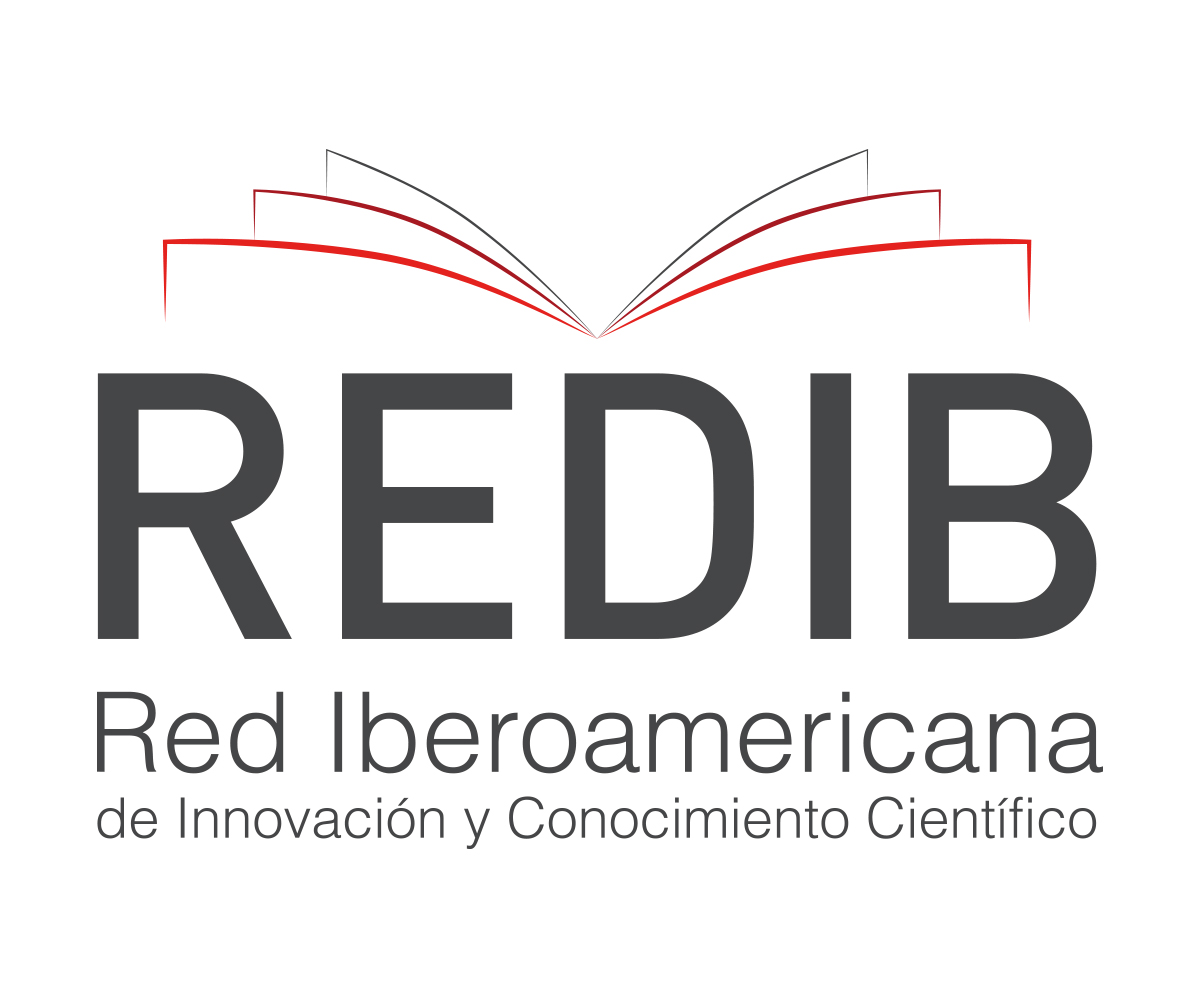Model of political player's profile Study of the human element in turbulent organizations
DOI:
https://doi.org/10.15381/idata.v12i1.6079Keywords:
Knowledge, paradigm, data matrix, political profile, Eros and ThanatosAbstract
There are organizations, known as political parties, that influencing the government, businesses, industries, and virtually crossing all fields of society. Their members have strengths that allow them to play in turbulent environments with undefined problems. Otherwise, the professional technical has weaknesses to interact when the environment is complex and problems are soft unstructured. Since the working hypothesis, “the activists of political parties have a similar profile that allows them to act effectively in diverse environments”, we design a construct and a conceptual model to identify the variables that shape the success of these. This article shows the progress of empirical qualitative research, it attempts to describe the profile of political activist and their strengths, which are required to operate adequately in changing environments.
Downloads
Downloads
Published
Issue
Section
License
Copyright (c) 2009 Adolfo Acevedo Borrego, Carolina Linares Barrantes, Orestes Cachay Boza

This work is licensed under a Creative Commons Attribution-NonCommercial-ShareAlike 4.0 International License.
AUTHORS RETAIN THEIR RIGHTS:
a. Authors retain their trade mark rights and patent, and also on any process or procedure described in the article.
b. Authors retain their right to share, copy, distribute, perform and publicly communicate their article (eg, to place their article in an institutional repository or publish it in a book), with an acknowledgment of its initial publication in the INDUSTRIAL DATA.
c. Authors retain theirs right to make a subsequent publication of their work, to use the article or any part thereof (eg a compilation of his papers, lecture notes, thesis, or a book), always indicating the source of publication (the originator of the work, journal, volume, number and date).



















